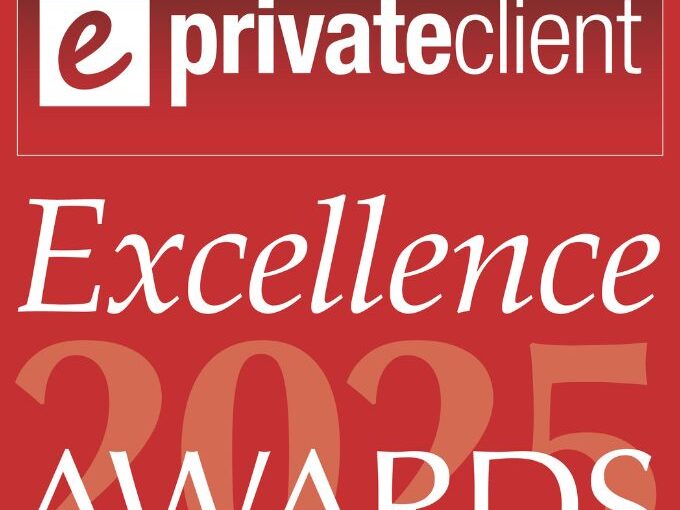With a global sales value of $65bn, it is little wonder that art is a popular investment for the world’s wealthy. However, interest in art stretches far beyond monetary gains; art is an extremely personal commodity.
Unlike other non-standard assets such as yachts and aircraft, the value of art cannot be determined by universal standards like size, efficiency, or function. A piece of art that is loved by one may be viewed as unremarkable by another. The subjectivity in this asset class makes it a highly complex one for private client service providers.
From authenticity and auctions to market volatility and valuations, the purchase, sale, and management of art requires the careful consideration of a myriad of factors, and the consequences of getting it wrong can be substantial.
With nearly a decade of experience in the trust industry, I have found clients often fall into one of the three categories below when it comes to art, however there are, of course, always exceptions and no two client journeys are the same.
- The client already holds a private collection that they want to put into a trust structure;
- The client is looking to invest a certain amount into the asset class; or
- The client has found a piece they love but perhaps have no previous experience with art and are looking for guidance.
Regardless of whether a client holds an extensive portfolio for investment purposes, or simply want a single piece to display in their home, as trustees we have responsibilities to ensure that ‘everything is as it should be’ for the ultimate protection of the wealth and reputation of our clients, as well as of the piece itself.
Authenticity
Forgery and fake art are a significant threat to art investors and collectors. A 2023 survey revealed over 83% of art professionals said issues of authenticity “posed significant risks” to the market’s credibility.
It is essential that we authenticate any piece we are purchasing, however as art forgery becomes increasingly advanced, so do the challenges of verifying original pieces. We appoint specialist intermediaries to authenticate pieces on our behalf. This is a highly skilled area and can be as involved as identifying whether a certain type of oil paint was available the year the piece was alleged to have been created.
Authenticating a piece also includes whether it can be reliably attributed to a particular artist. This can be a direct verification of “by [artist name]” or identified as “attributed to [artist name]”, in cases where there is uncertainty. Pieces can also be attributed to “a student of” or “inspired by” particular artists. It is essential that the correct attribution is given as this impacts the value of each piece.
Provenance
In addition to verifying whether a piece is authentic, it is important to collate a thorough history of ownership of the piece. Art theft – including from private homes, from conflict zones, or as the result of historical looting – poses a risk to purchasers.
Proving legitimate ownership is a key responsibility to ensure that any pieces held in trust are not exposed to risk of seizure or ownership disputes. The high-profile seven-year legal claim over the ownership of Portrait of Adele Block-Bauer – which was ultimately determined to have been stolen from a Jewish family during the Second World War, and ordered to be returned – is a stark reminder of the costly and lengthy complications if provenance is not verified from the outset.
Condition
If a piece of art – whether it be a painting, statue, or any other form – has not be stored or displayed under the appropriate conditions, then the value of the piece may decrease. For example, a piece stored in direct sunlight can fade depending on the material, which will not only impact the value, but also the aesthetic and presentation.
Analysing the condition of a piece of art may involve several steps, including a visual inspection, and comparative or scientific analyses. We appoint experts to assess the condition of a piece, and they may consult with further experts in ensuring their determinations are correct.
Value
It could be said that, when it comes to art, “beauty is in the eye of the beholder”, however value may lie in the eye of the purchaser, the seller, or an intermediary such as an auction house or gallery.
There are two primary options for the purchase and sale of art: private sale agreements or public auction.
A private sale agreement is a legally binding document which helps to ensure a smooth and transparent transaction between the involved parties. These typically involve direct negotiations between the seller and purchaser, and the value of the piece is not publicly recorded.
The privacy offered by a sale agreement can be beneficial to sellers as, if the asked price is not reached, it has no impact on the public value of the piece. Similarly, there will not be a record of the purchase price where an investor wishes to sell the piece on for a profit.
If a piece does not do well at a public auction, this is recorded and may, ultimately, diminish its value. There are some instances where an auction house will give a guarantee on a piece –agreeing to pay the agreed minimum sale price and taking on the risk if that figure is not met or exceeded at auction. This scenario is becoming increasingly rare and will usually only occur as a strategic decision by an auction house to secure a piece or collection in a competitive market.
Individuals may, understandably, appoint value on a piece based on emotion or sentimental attachments, taking a biased perspective. The benefit of appointing a trustee as the owner of a piece or collection is that we can consider the value of the piece objectively, by working in partnership with specialists.
Experience
It is essential to appoint a trustee with proven experience of managing art portfolios, and with a strong network of specialist advisors. Art necessitates a continual learning journey; I have found that this can be mutual, with many clients having a great deal of knowledge to share, particularly where they have passion for the subject.
In my view, art is a hugely exciting asset class. Art serves as a reflection of humanity, bridging cultures and generations through a myriad of forms, and ensuring all art is appropriately protected is invaluable.













